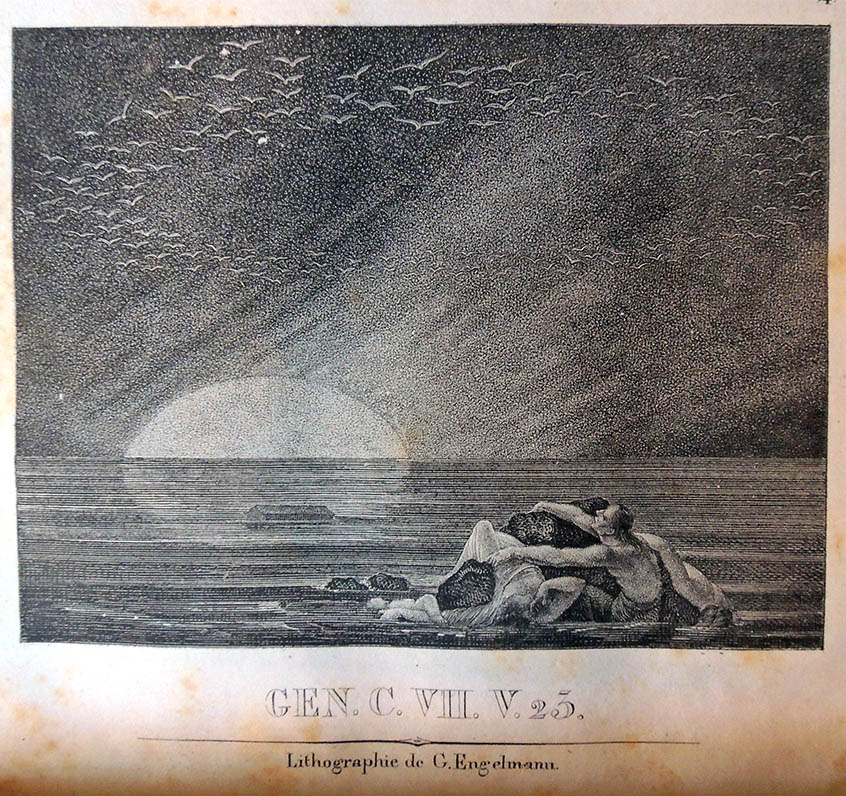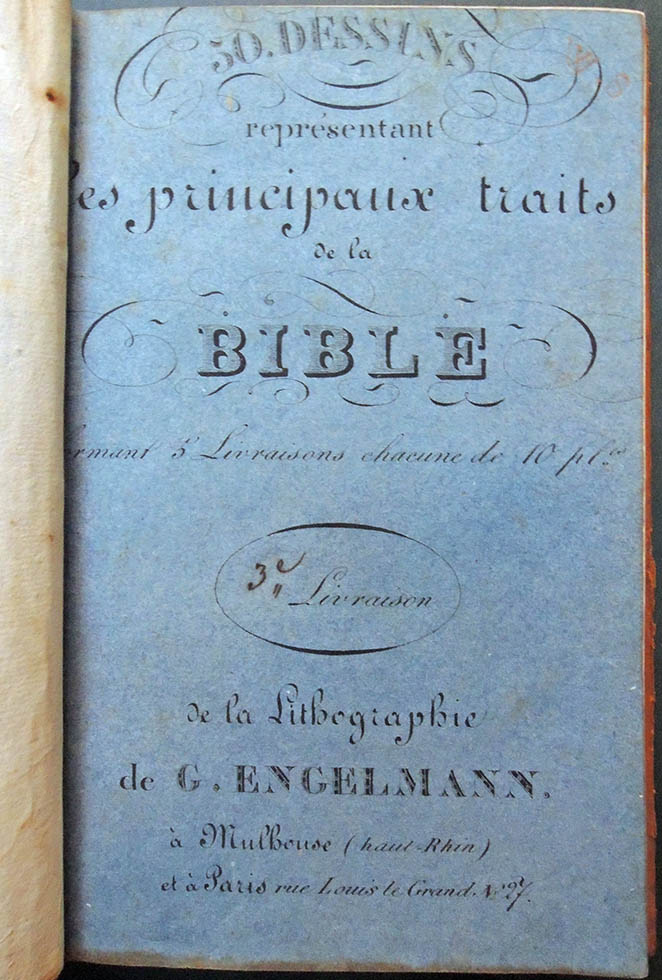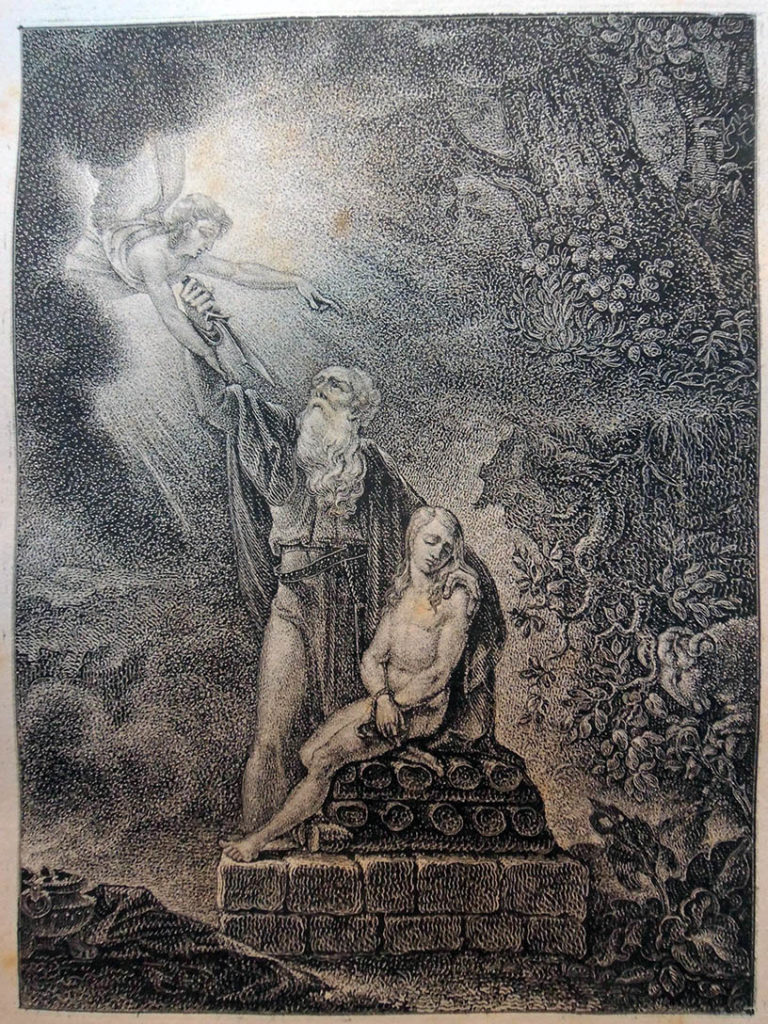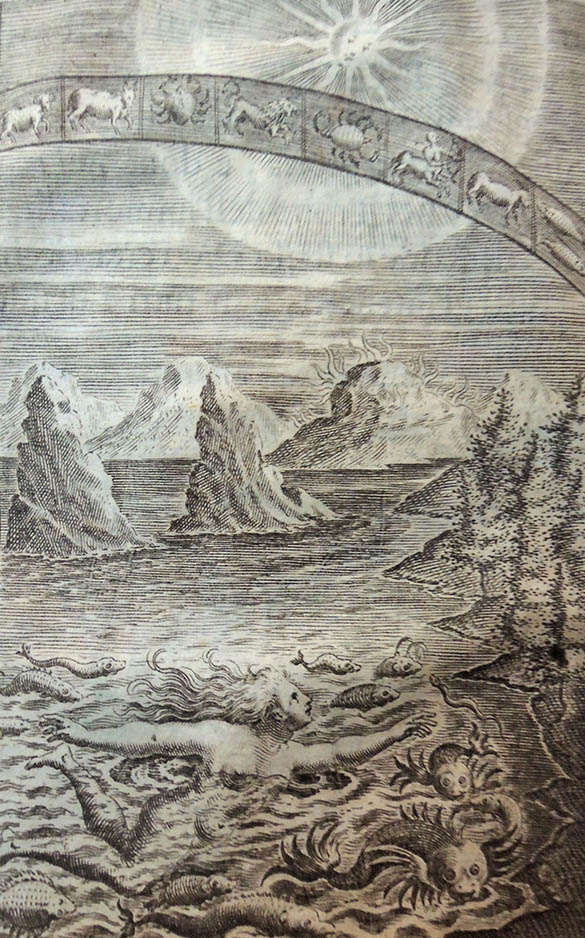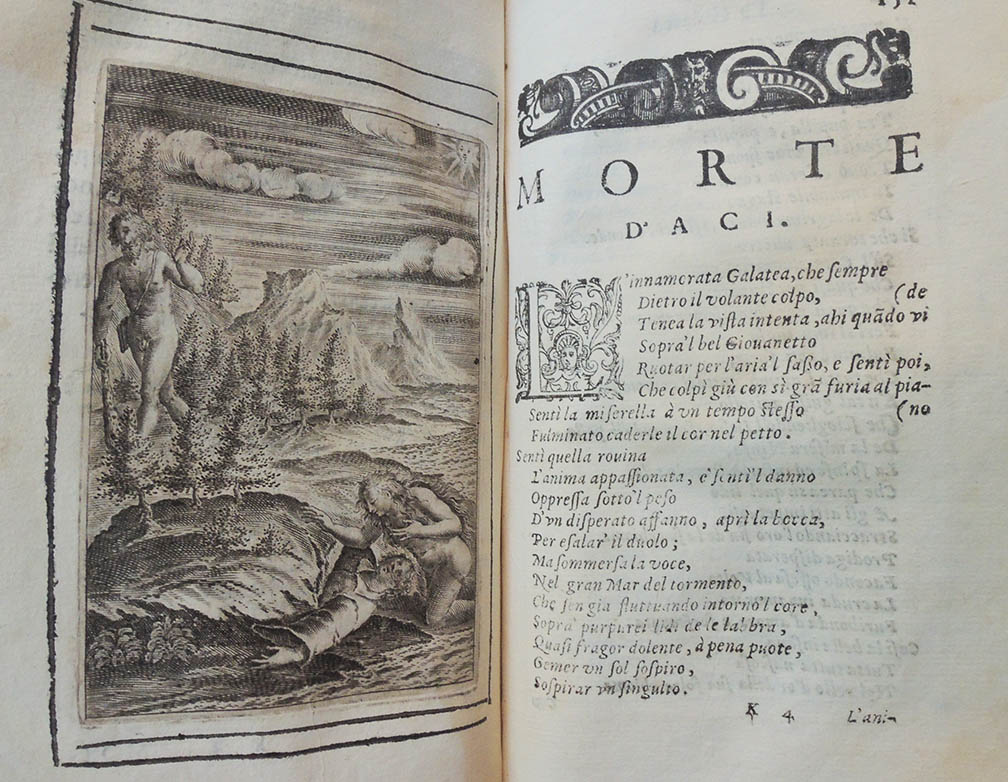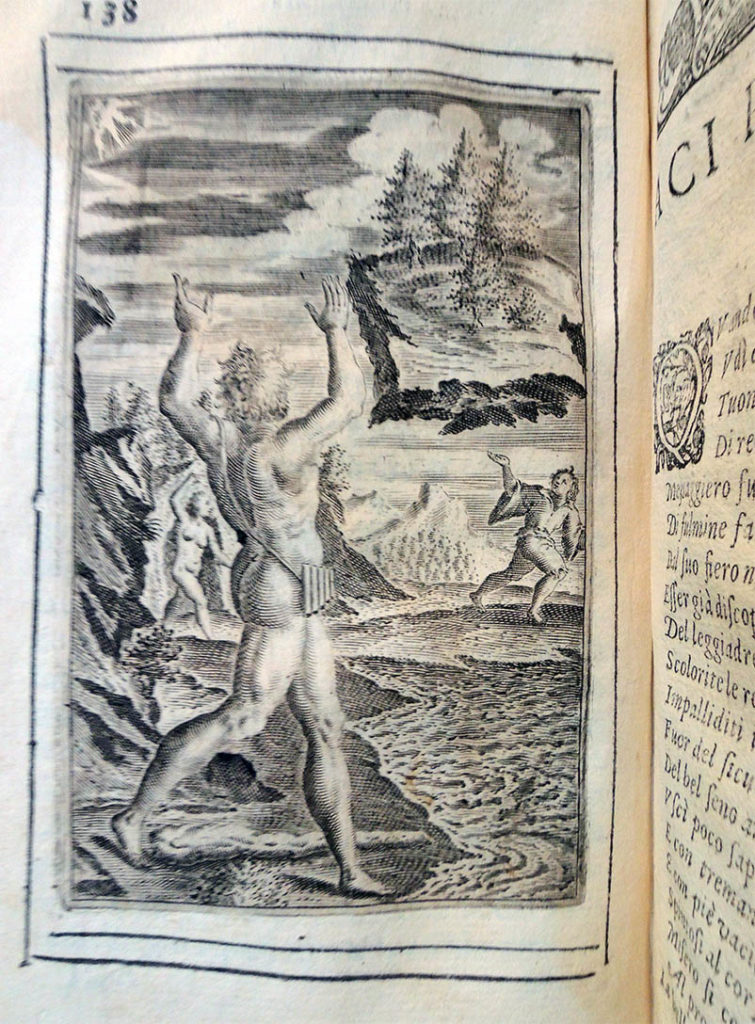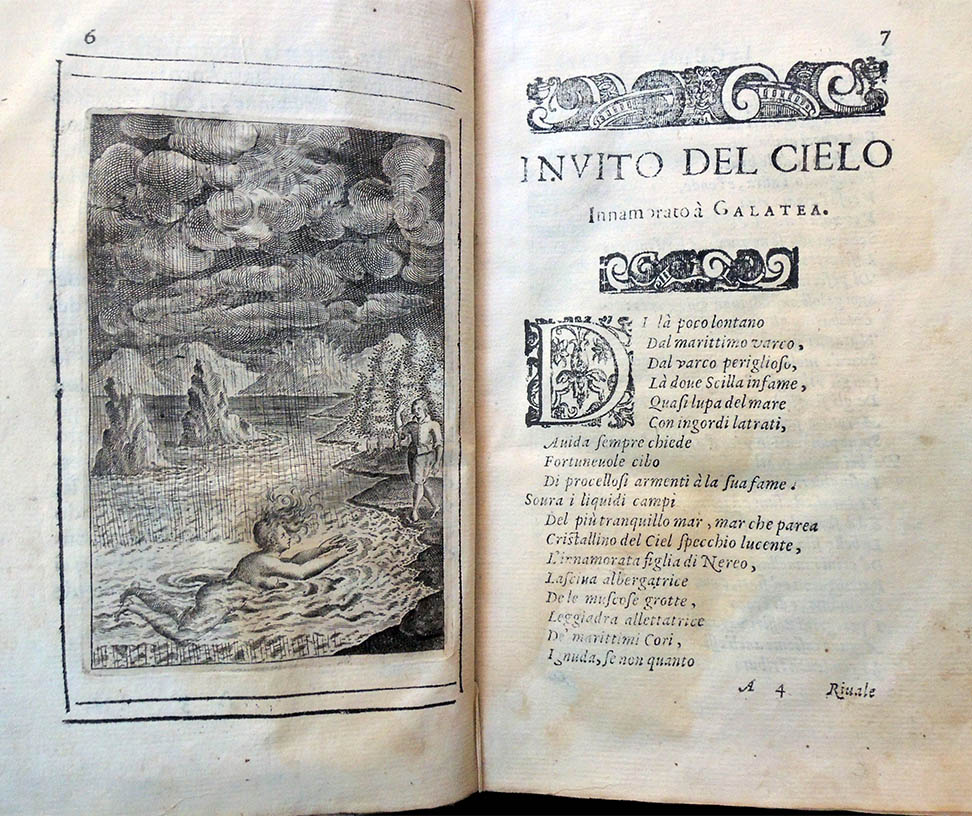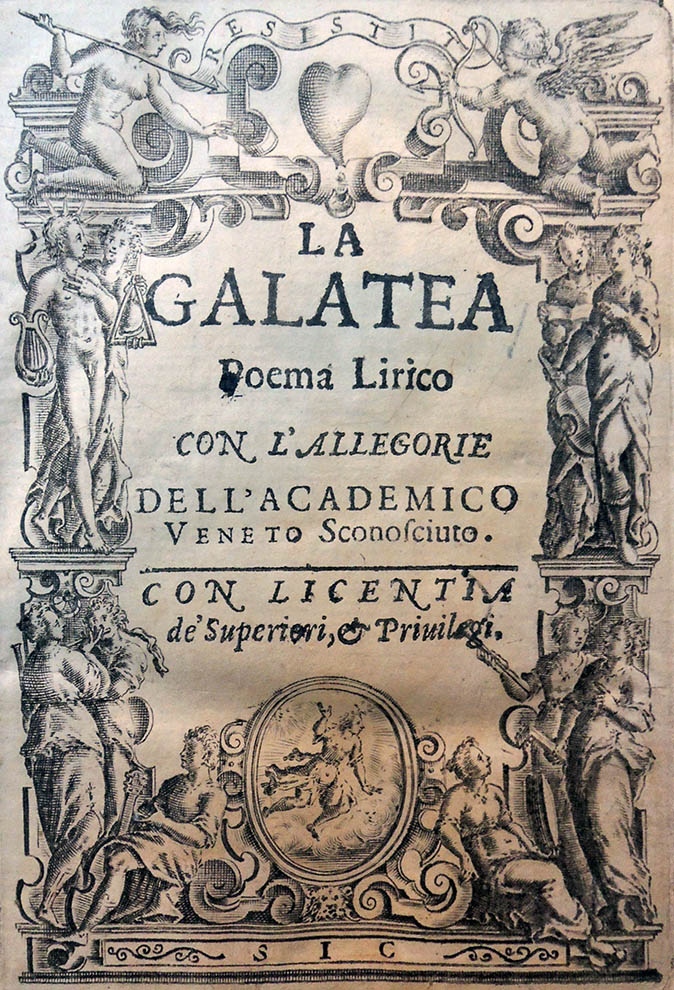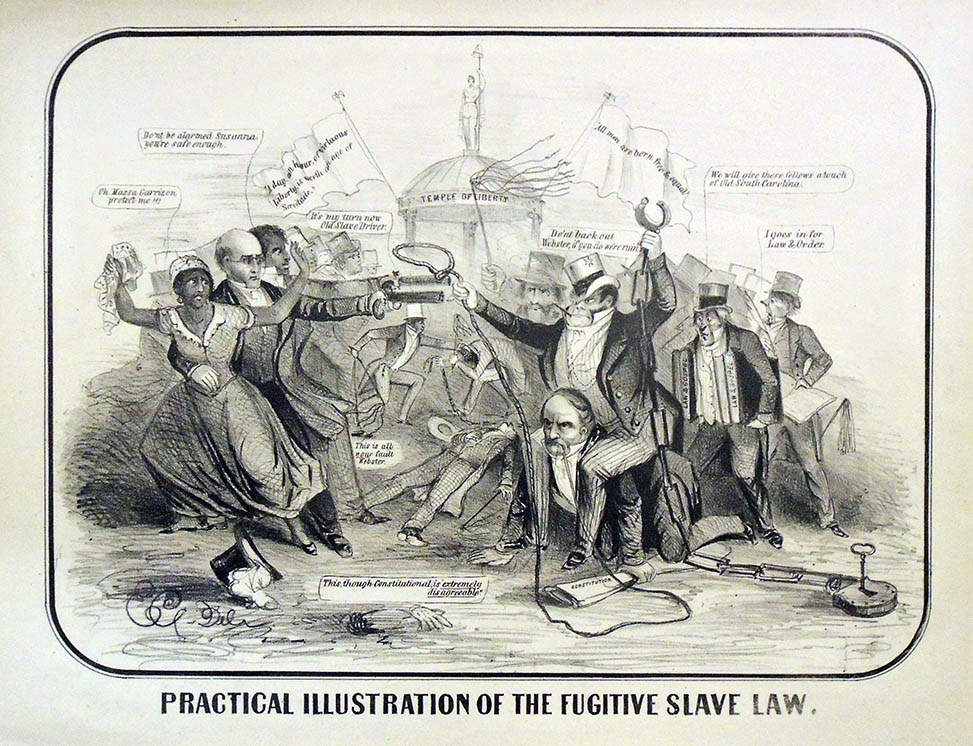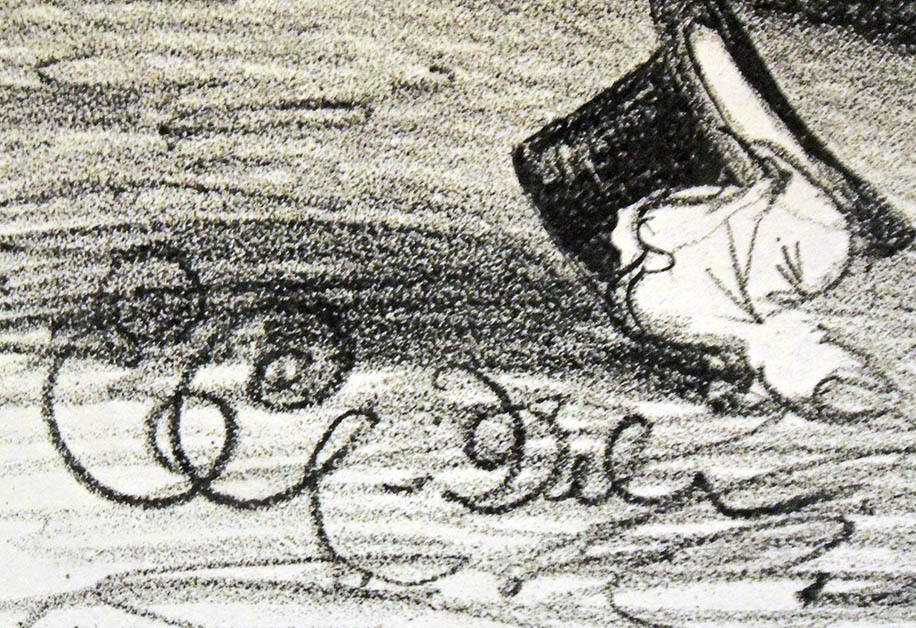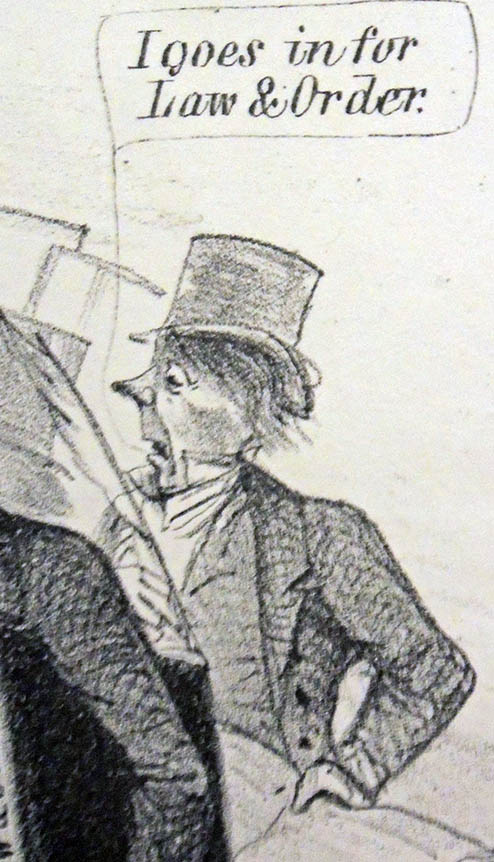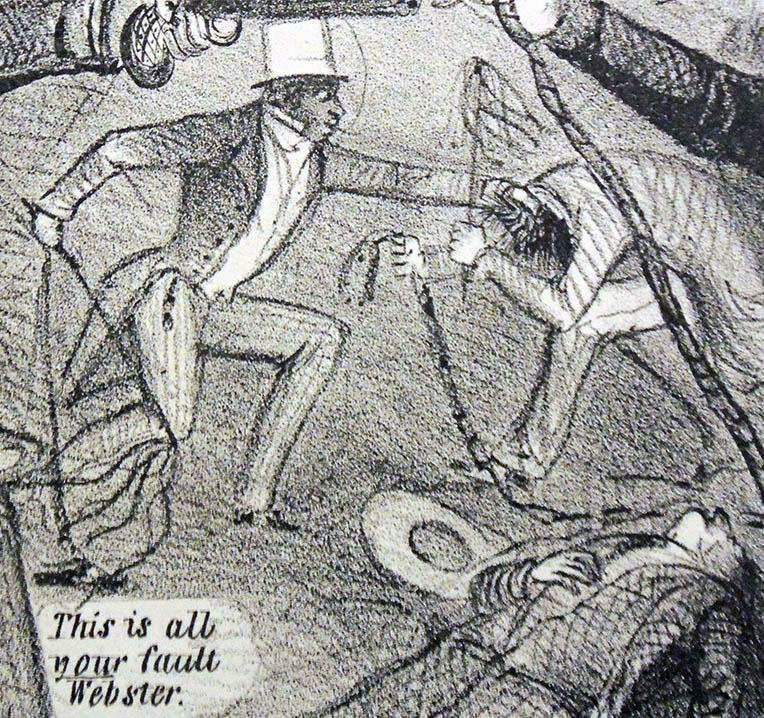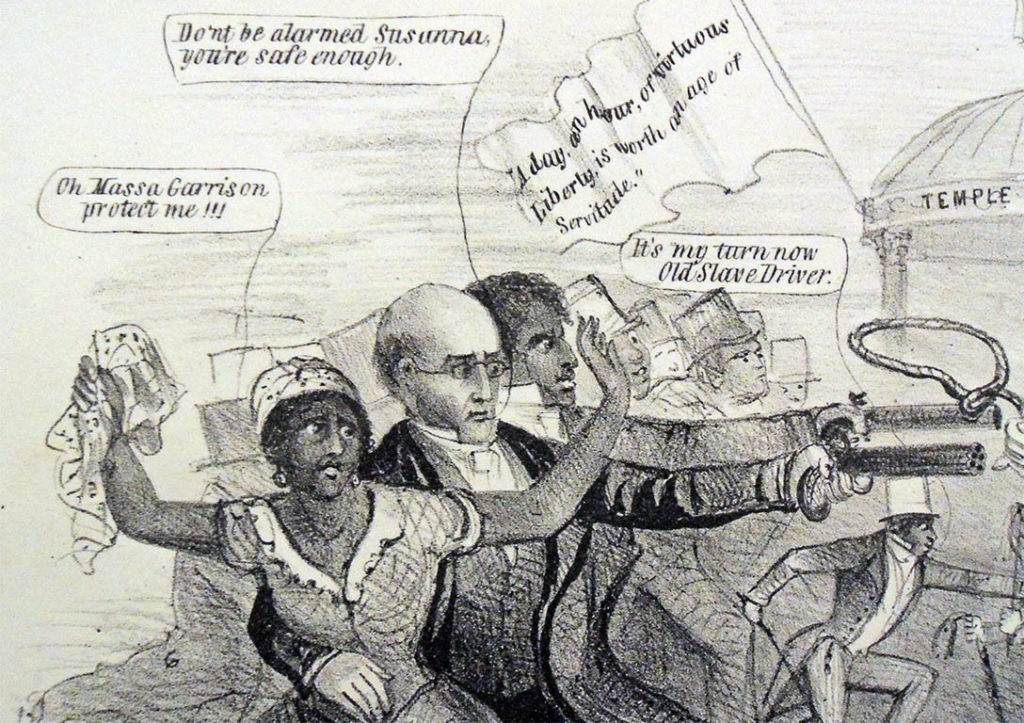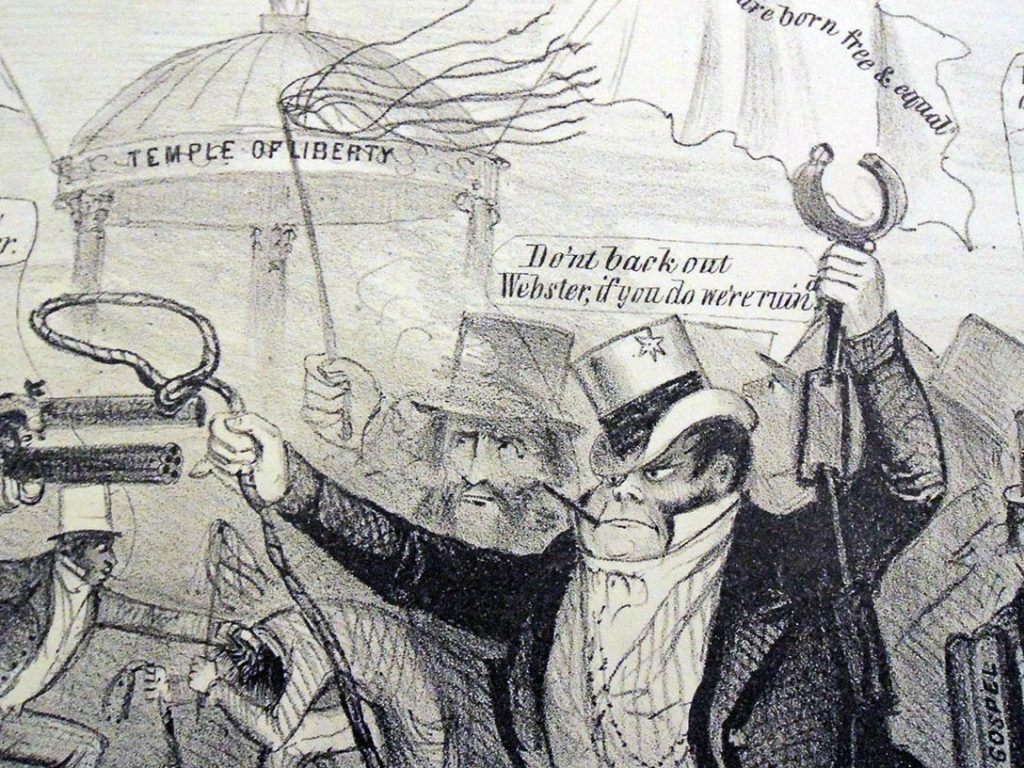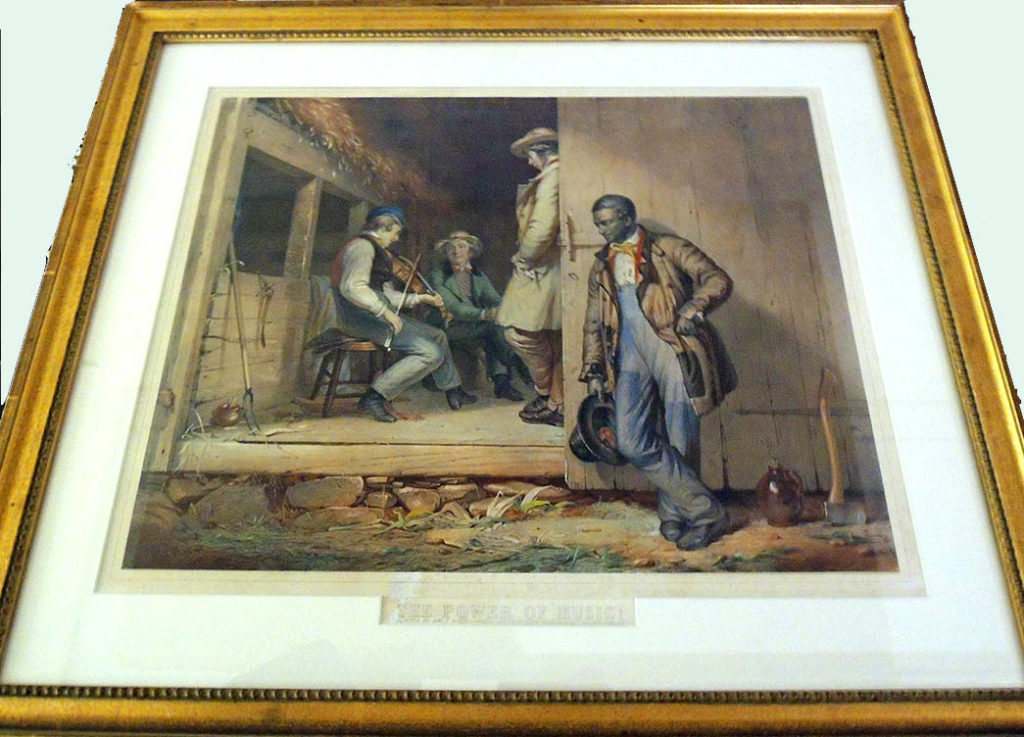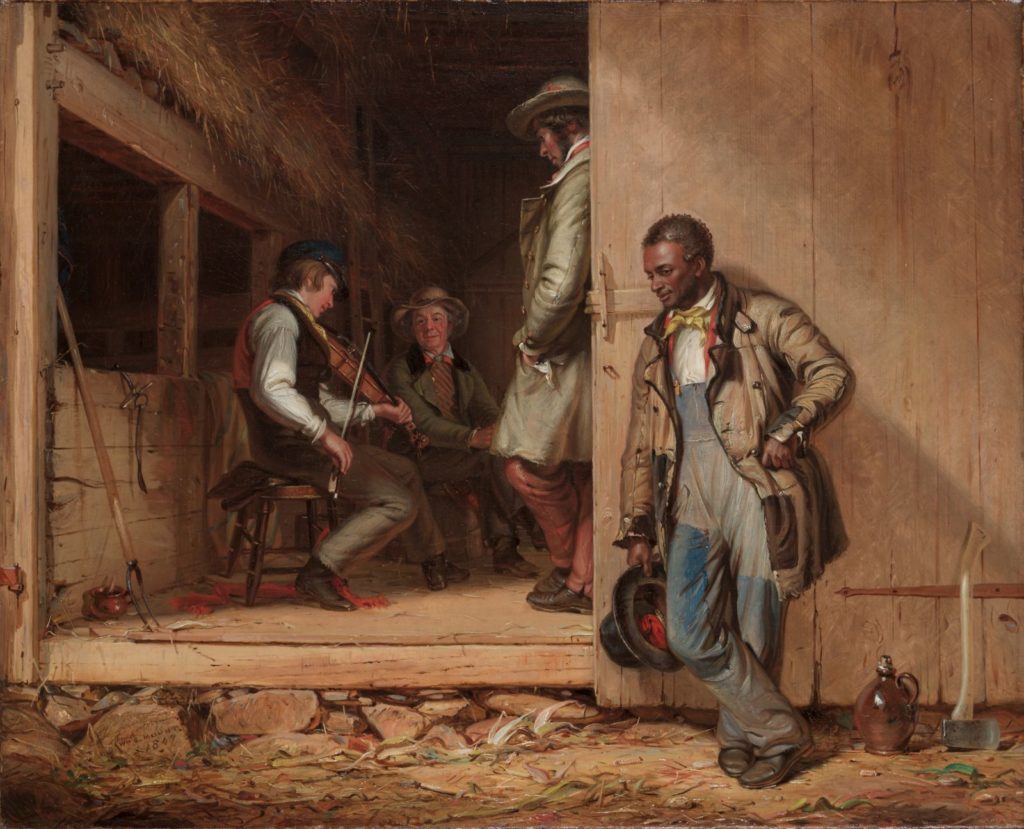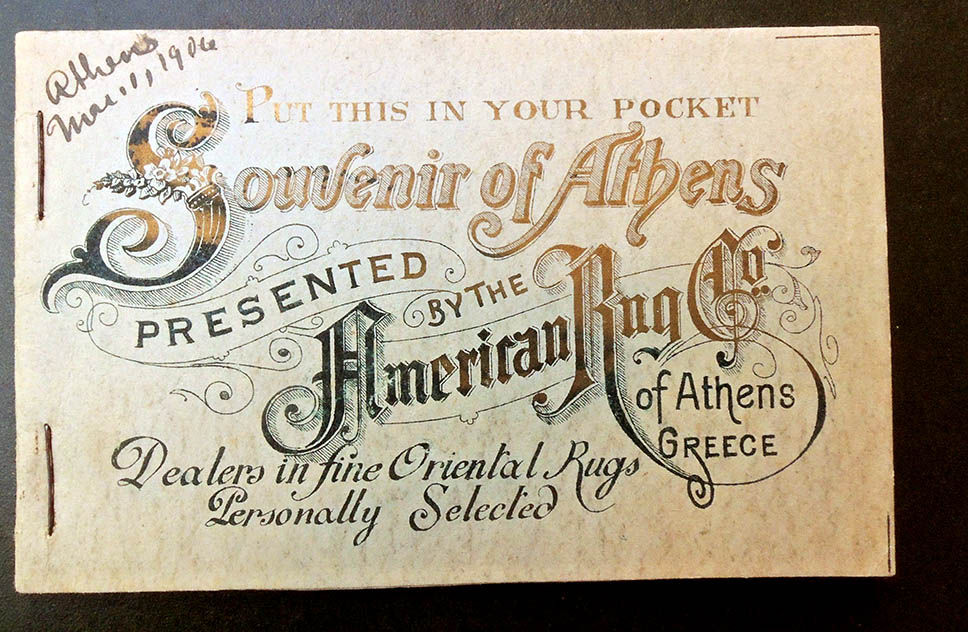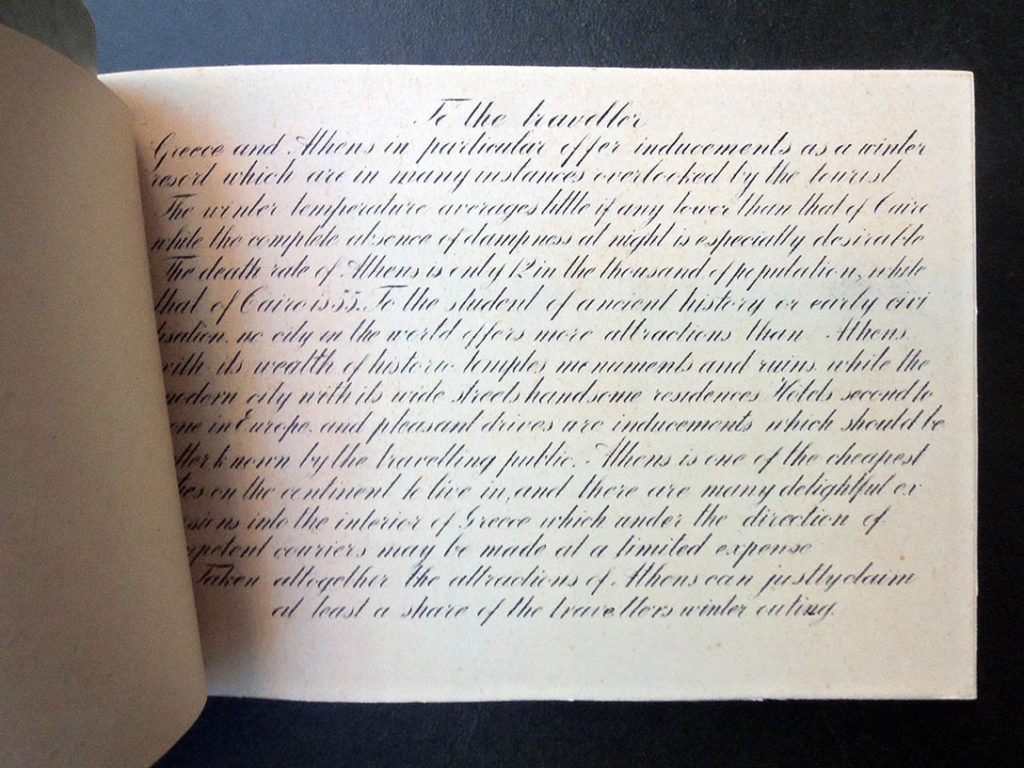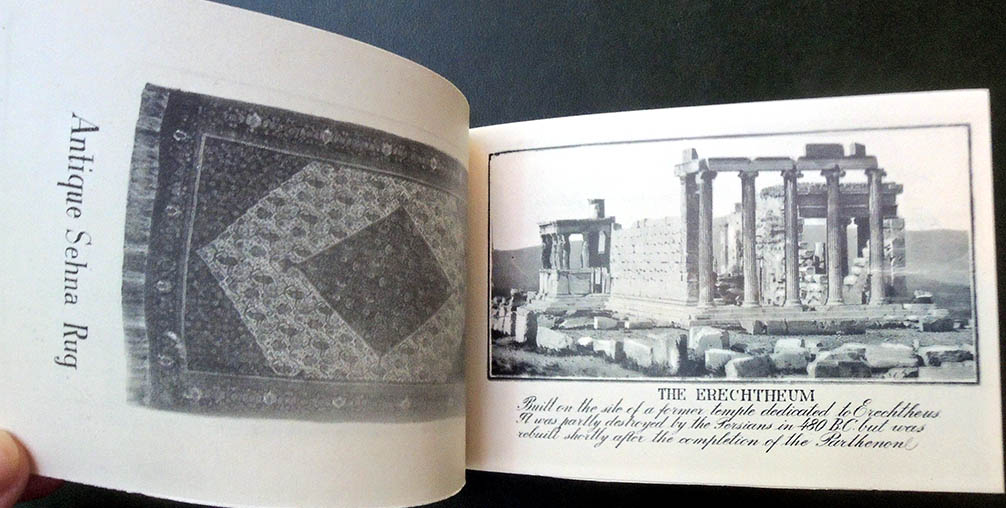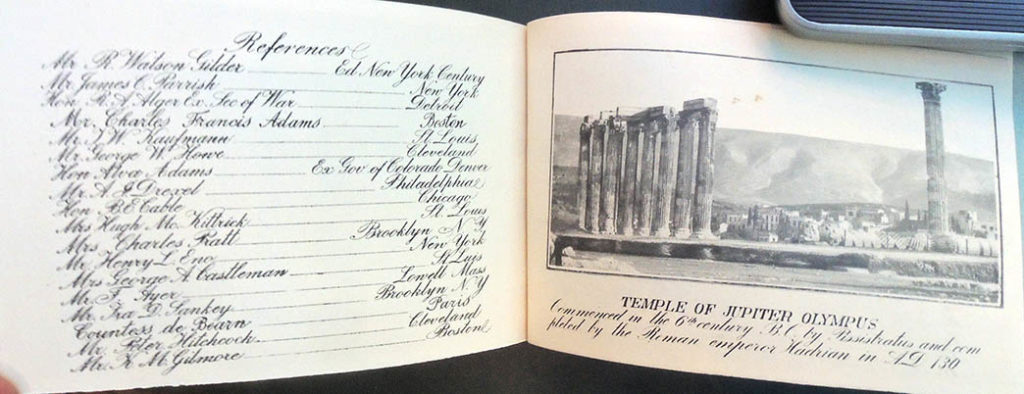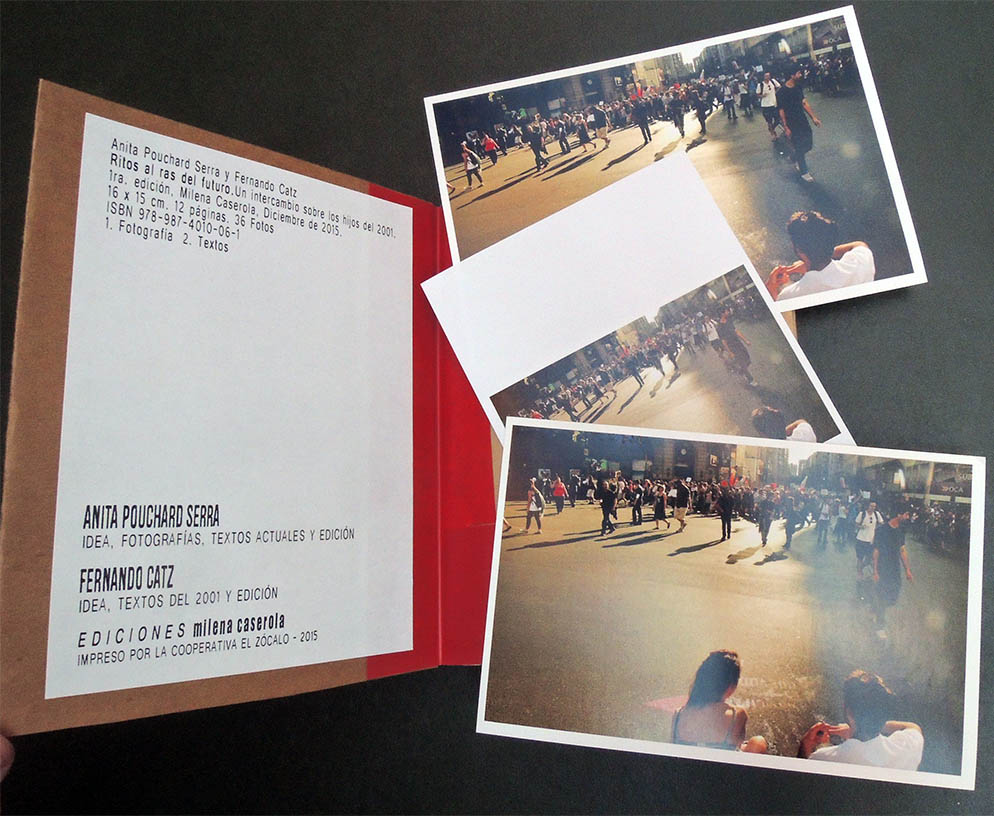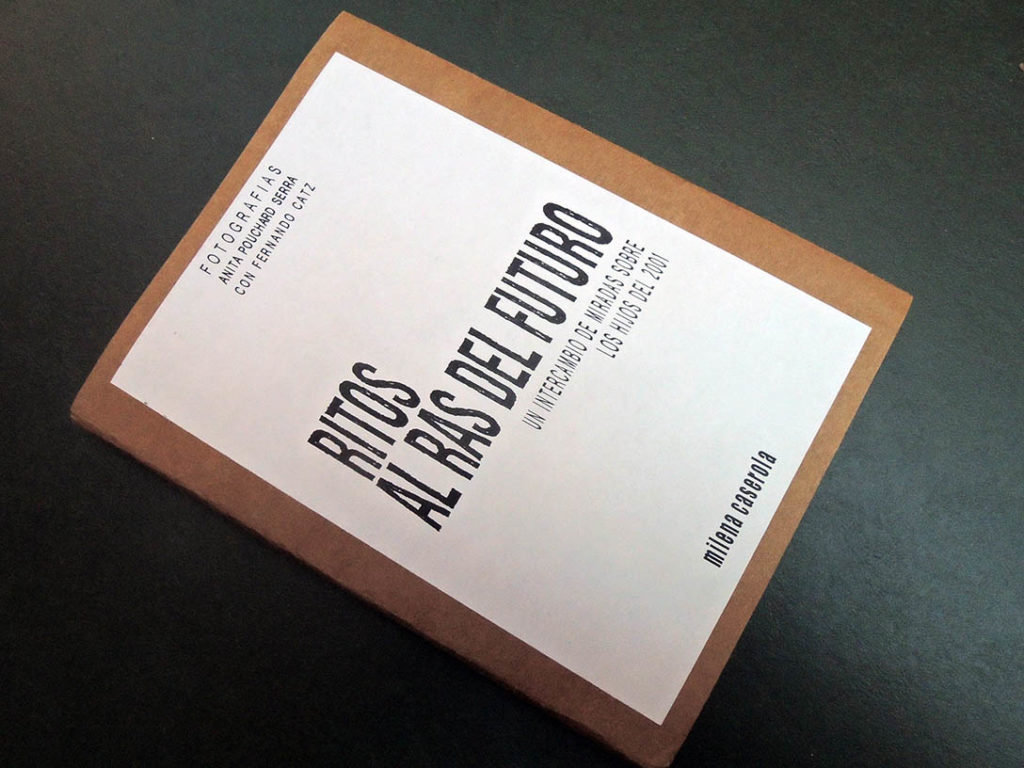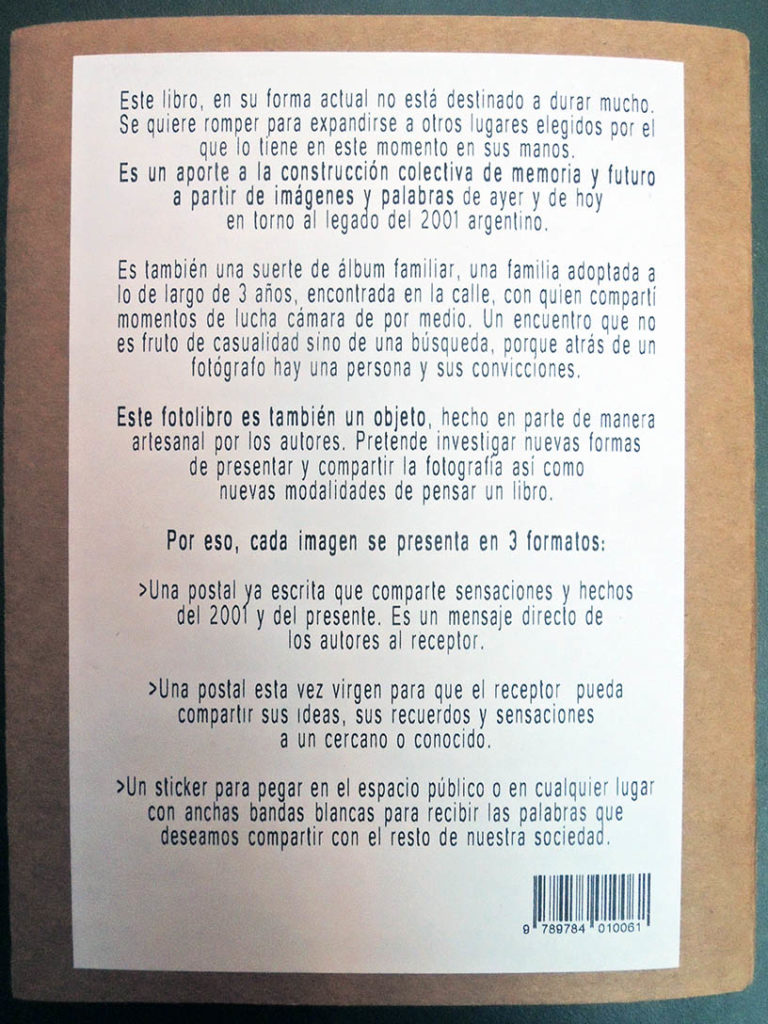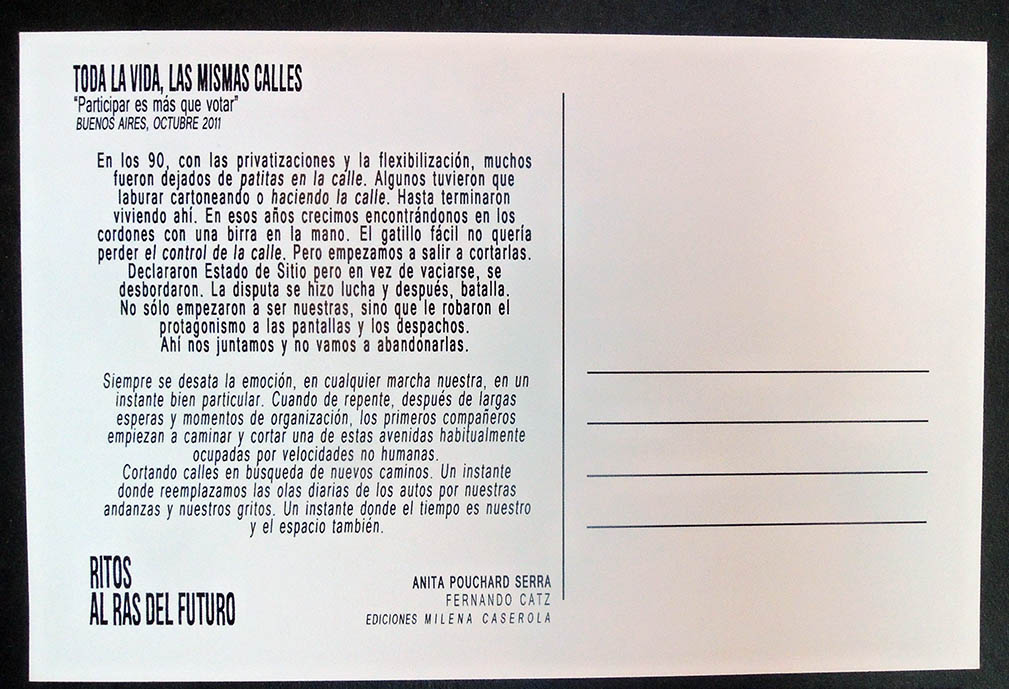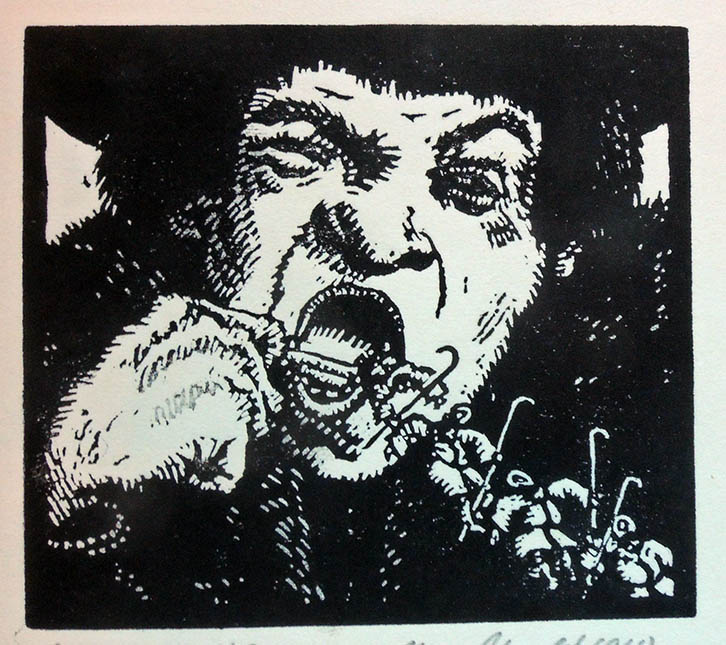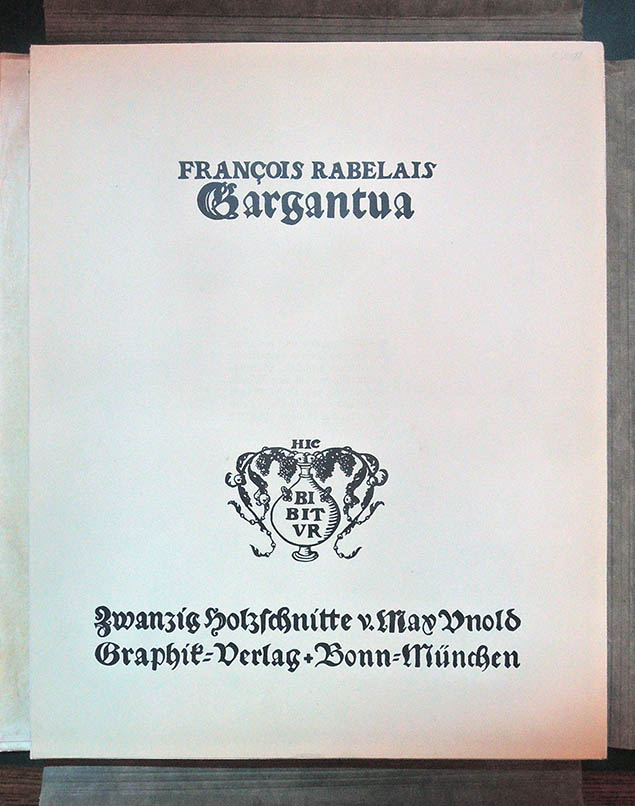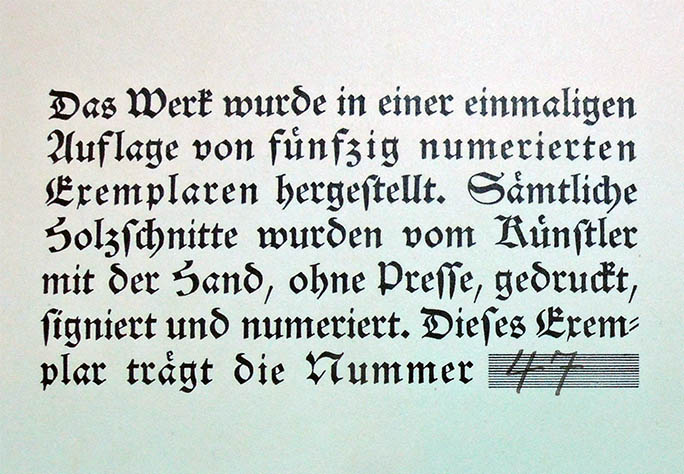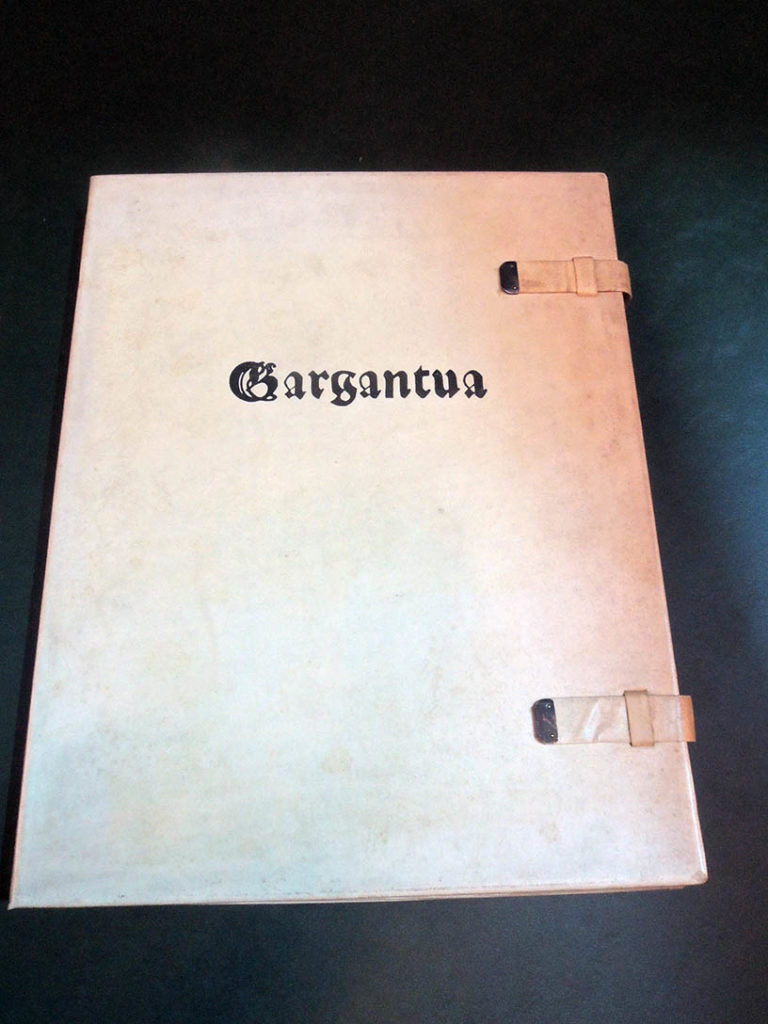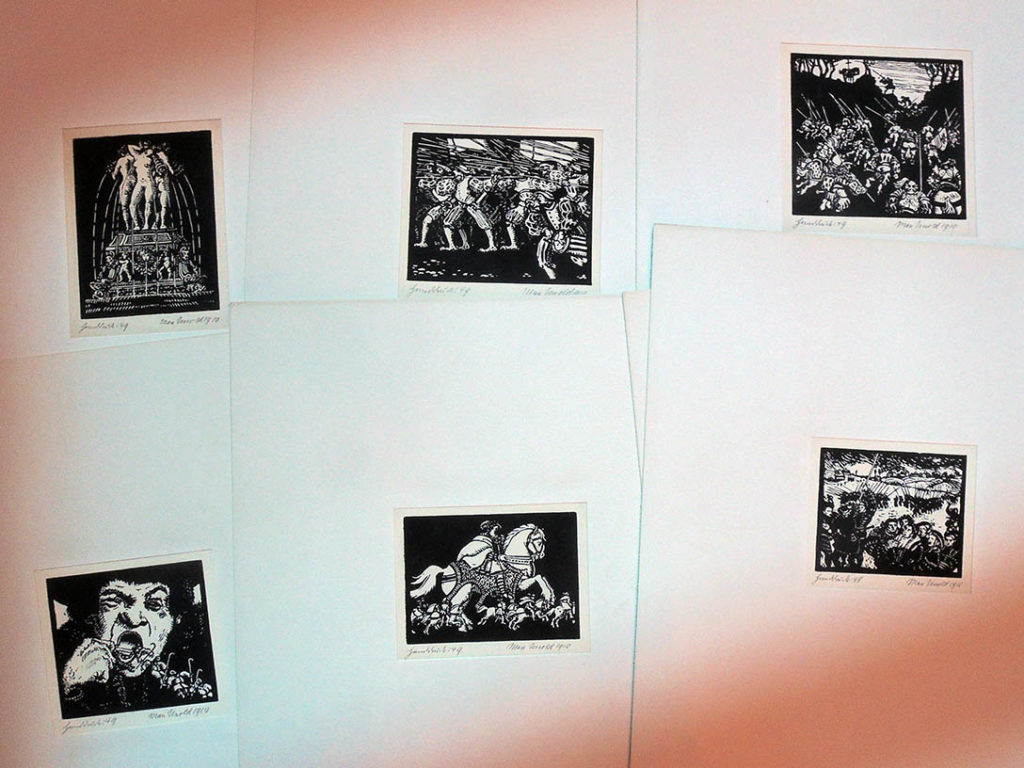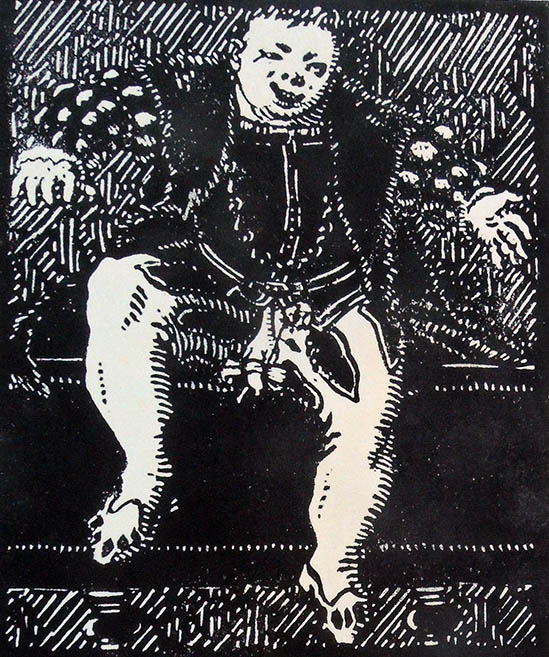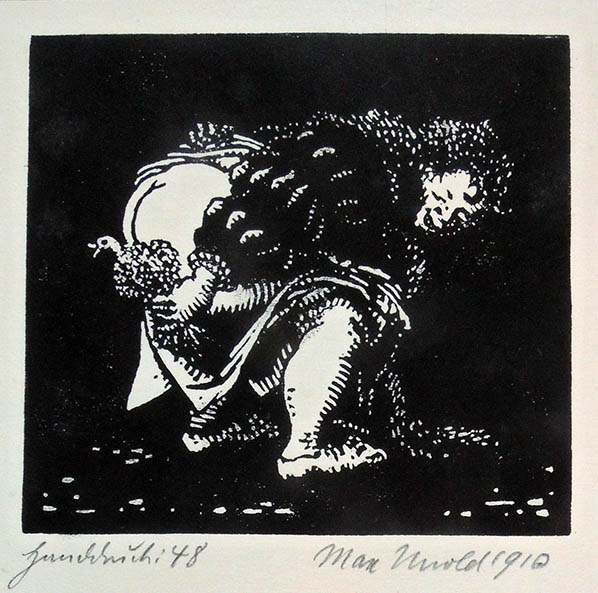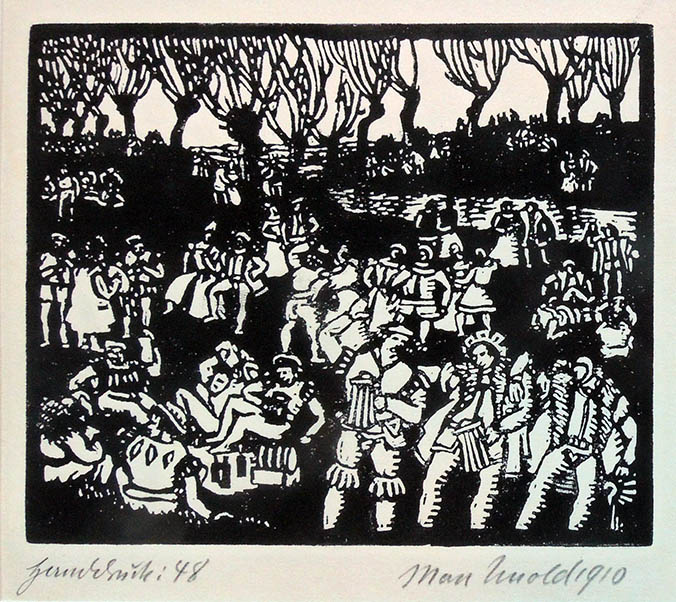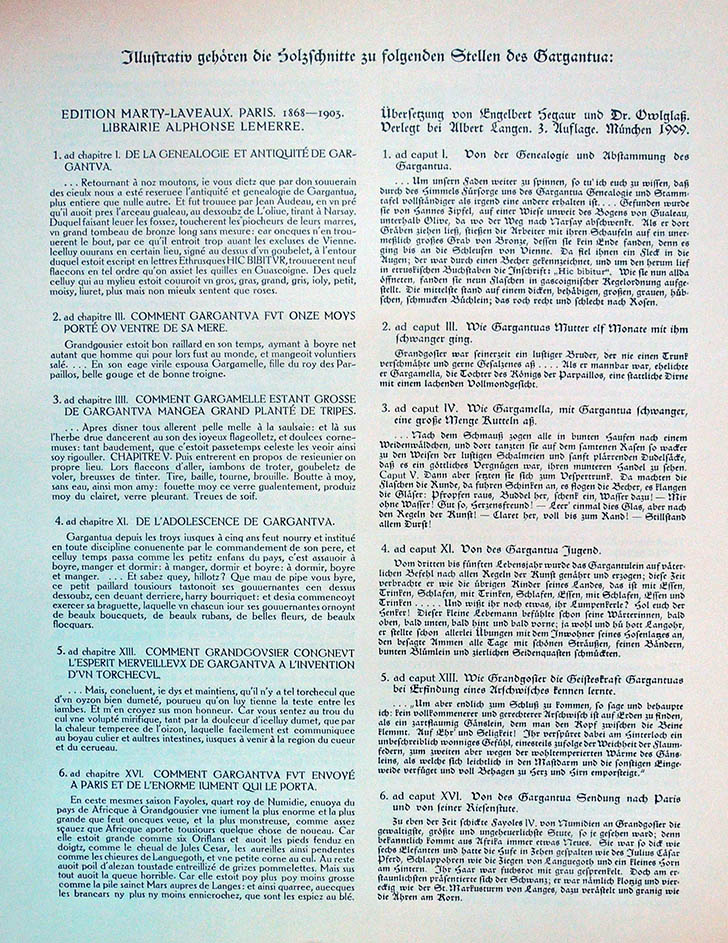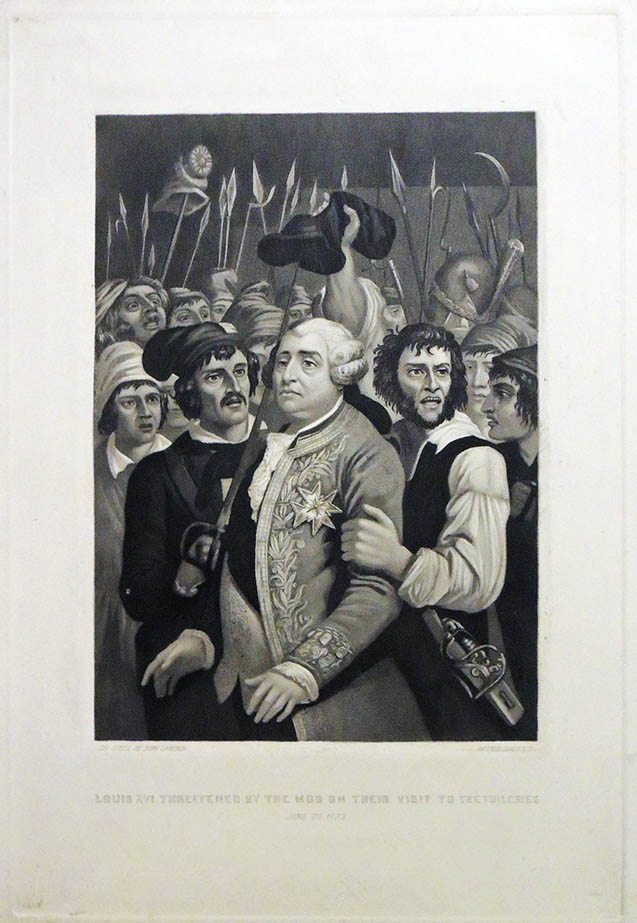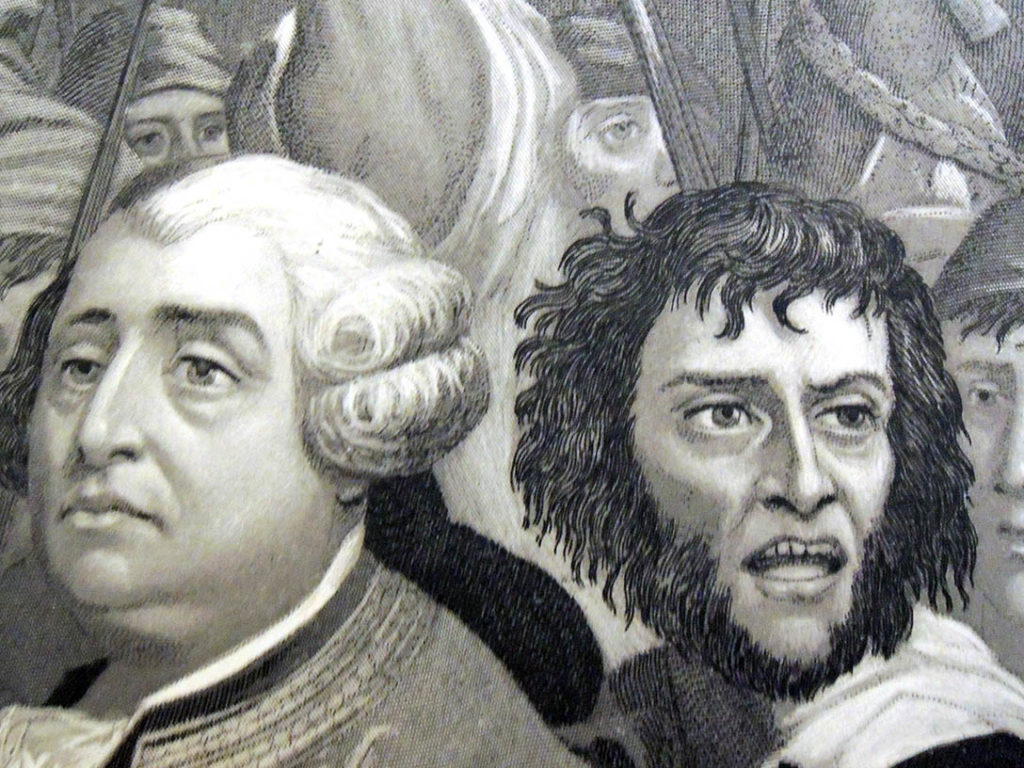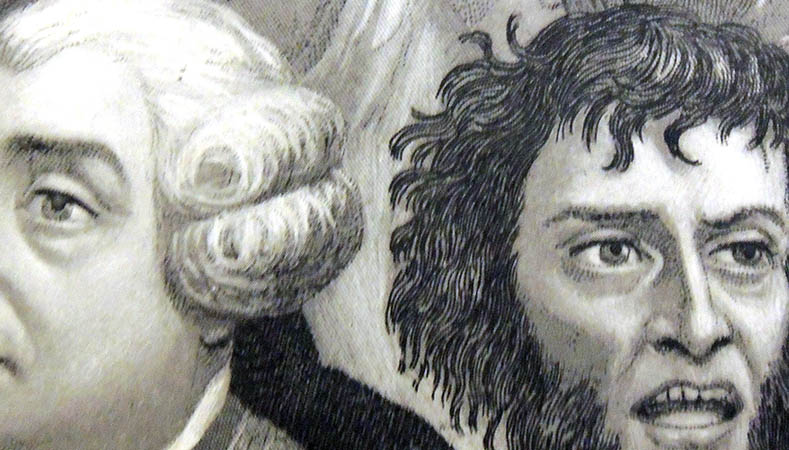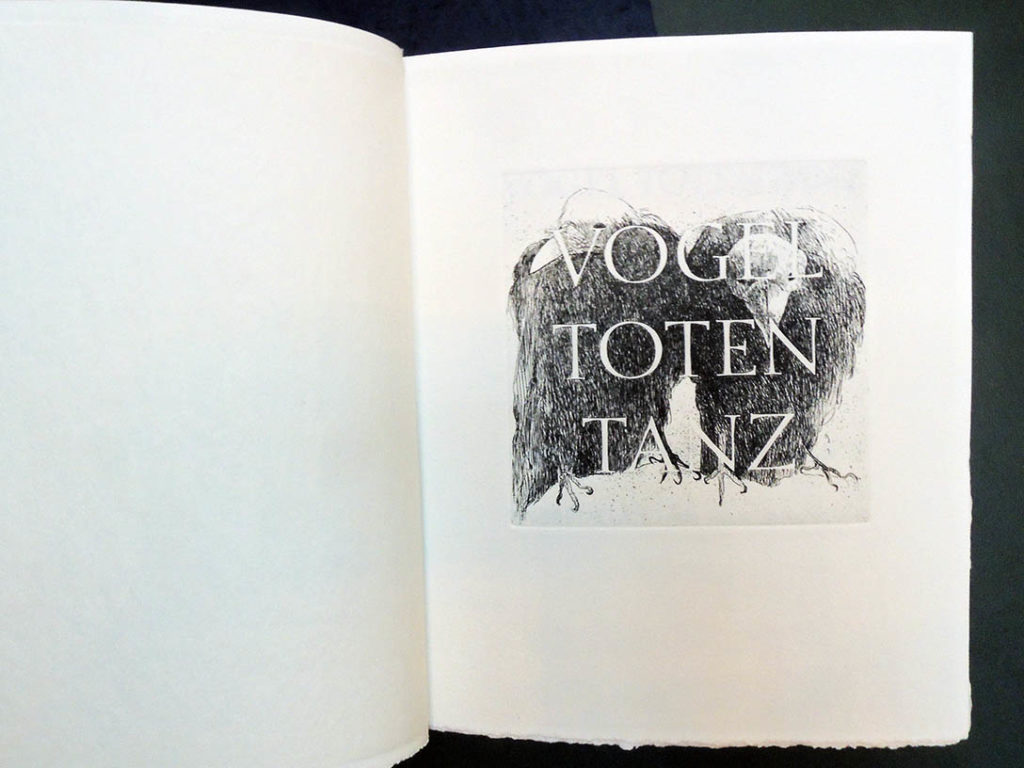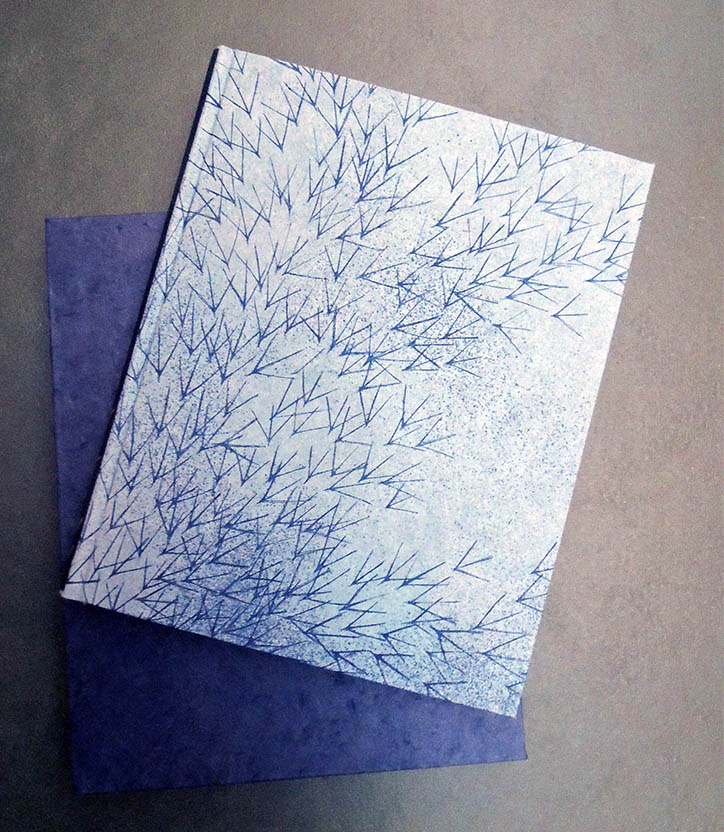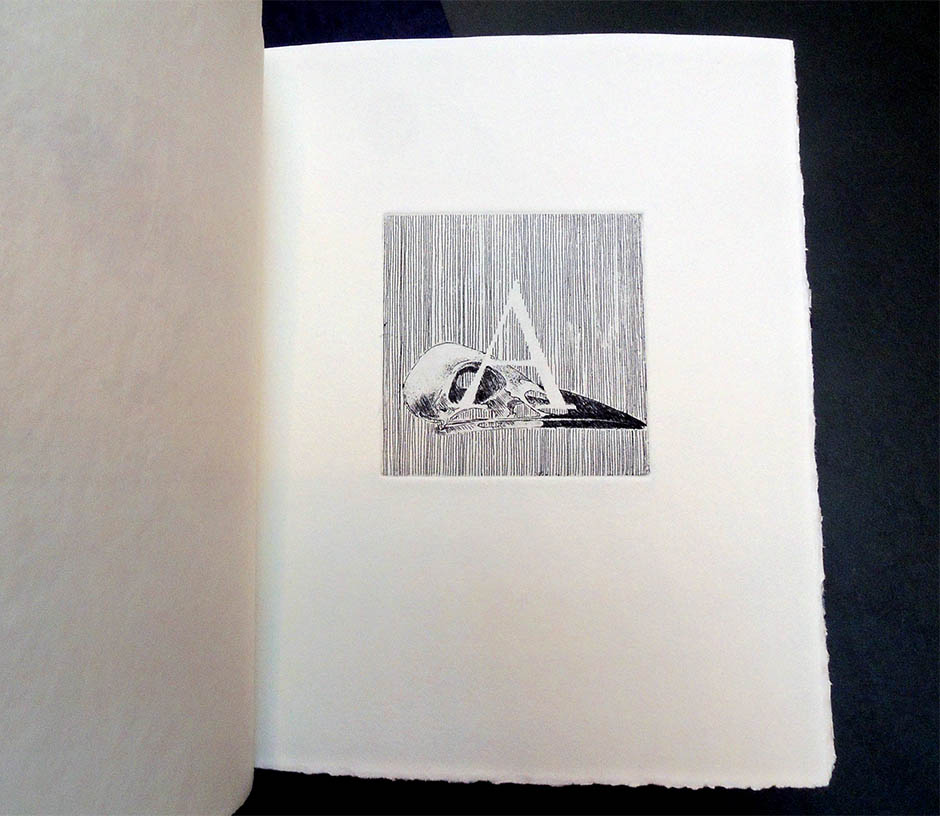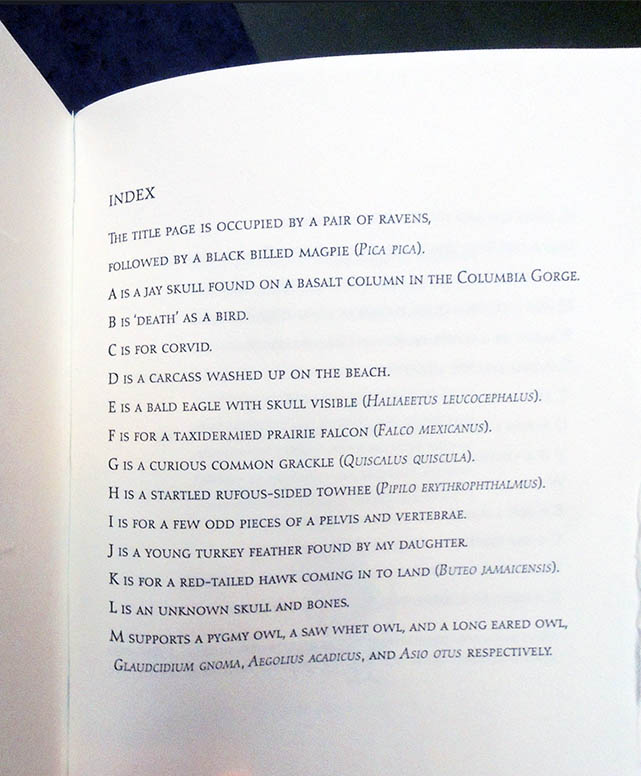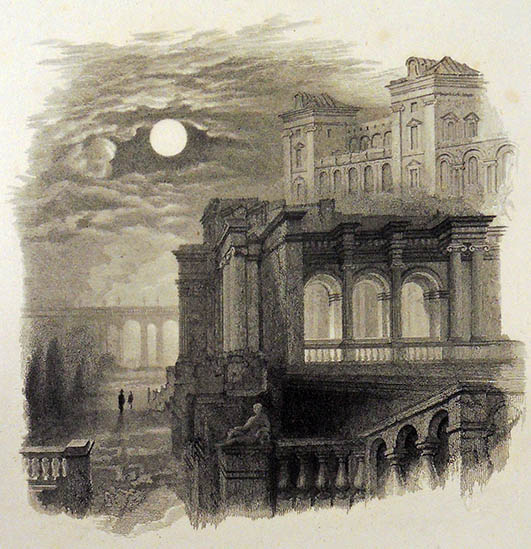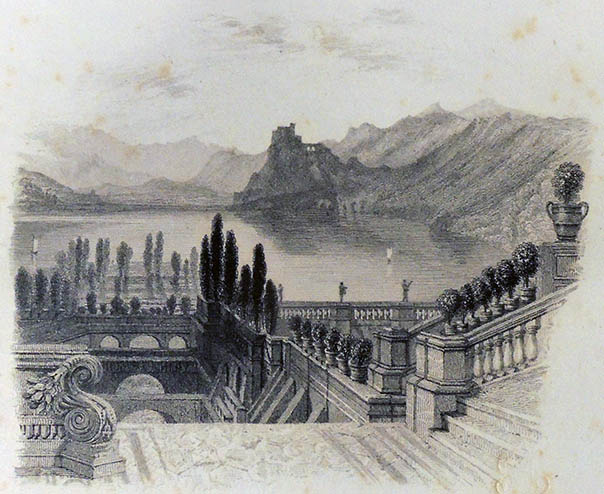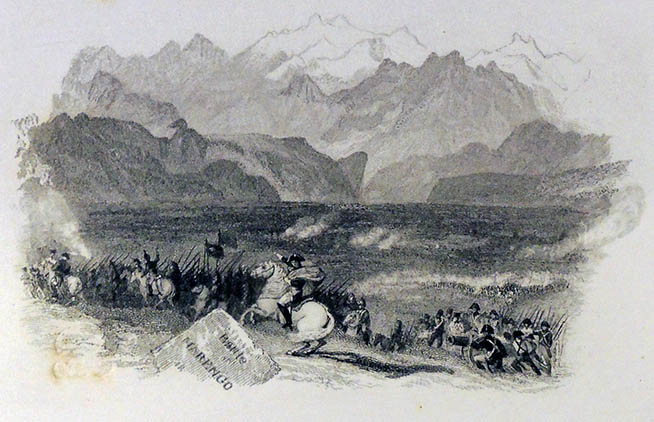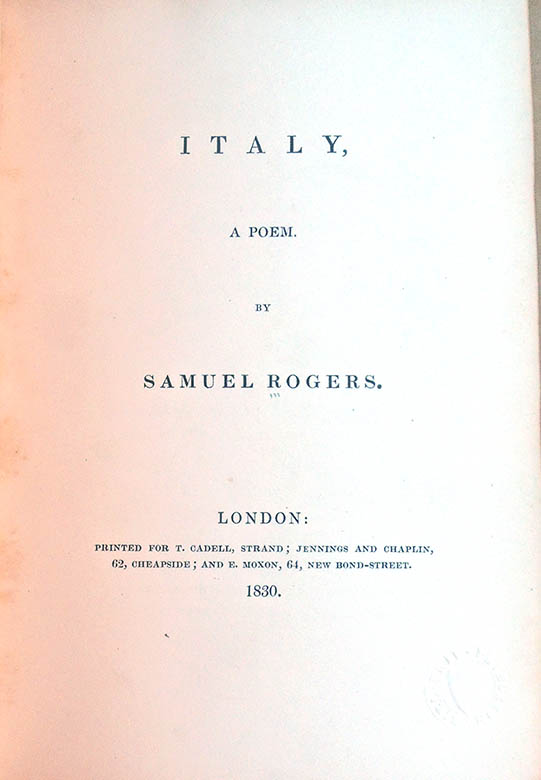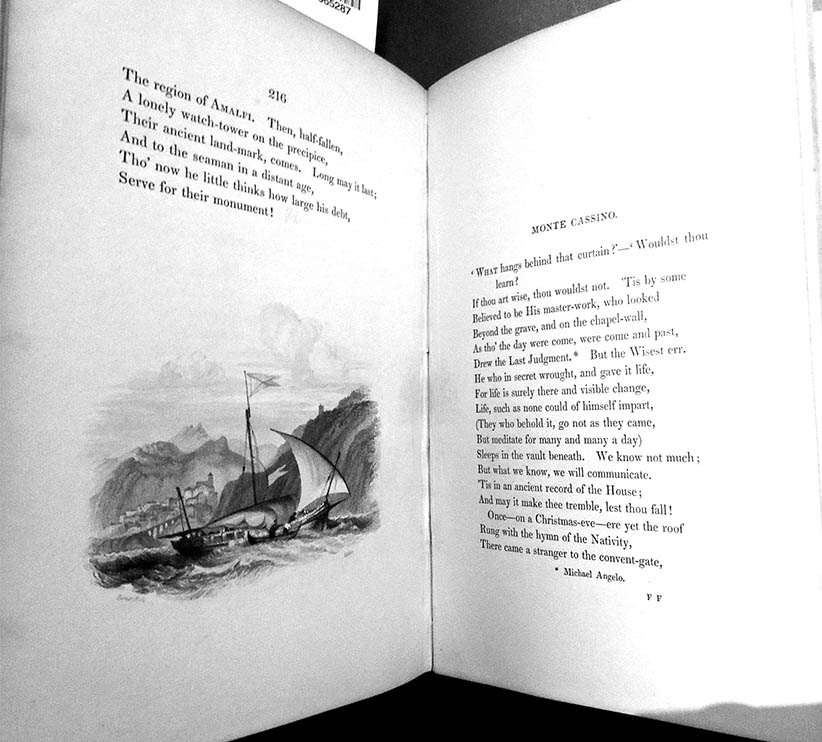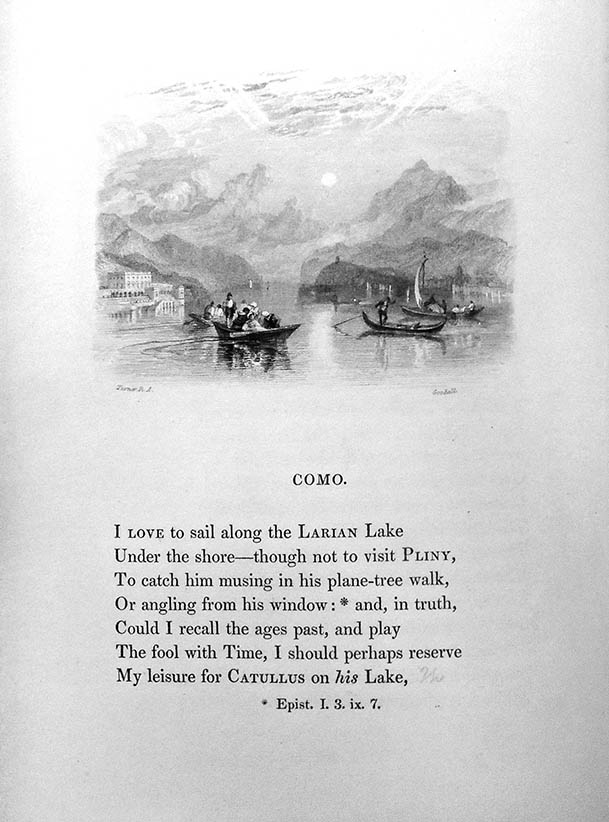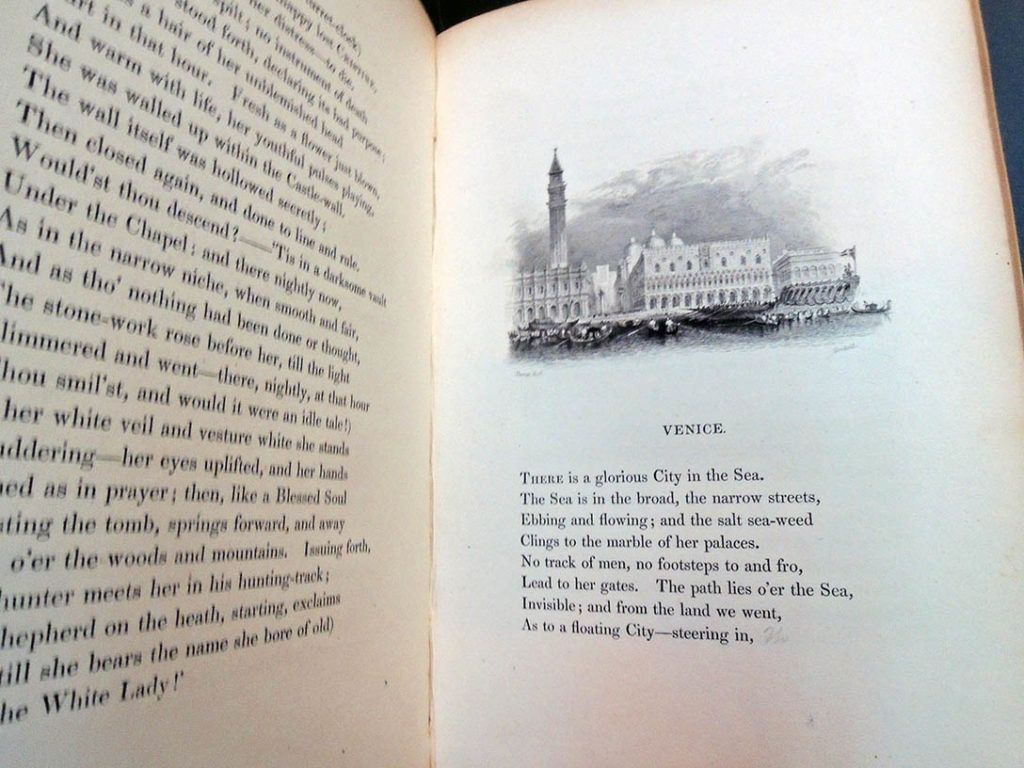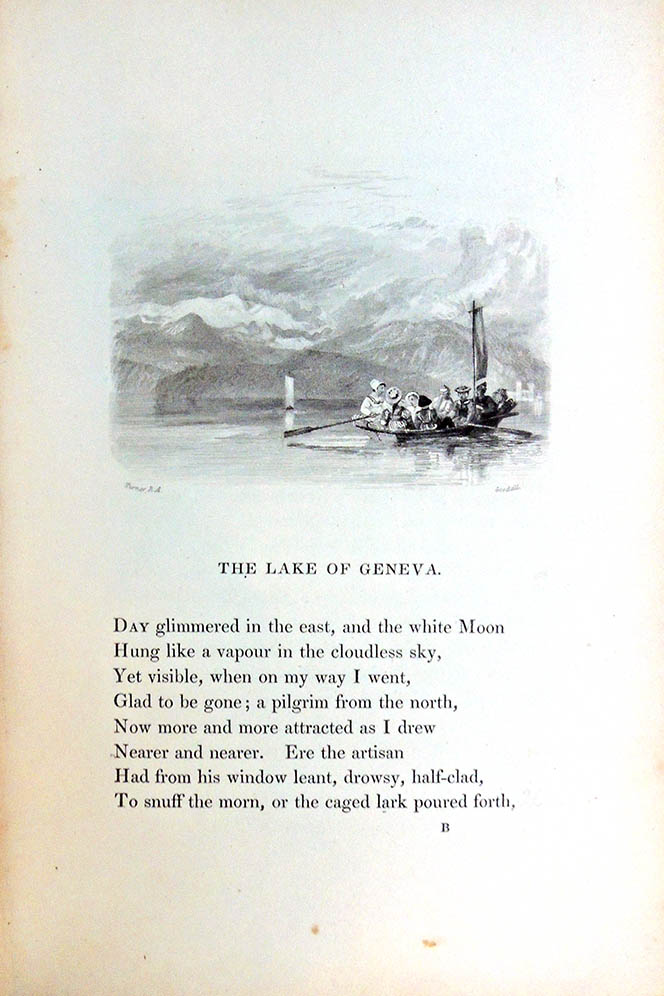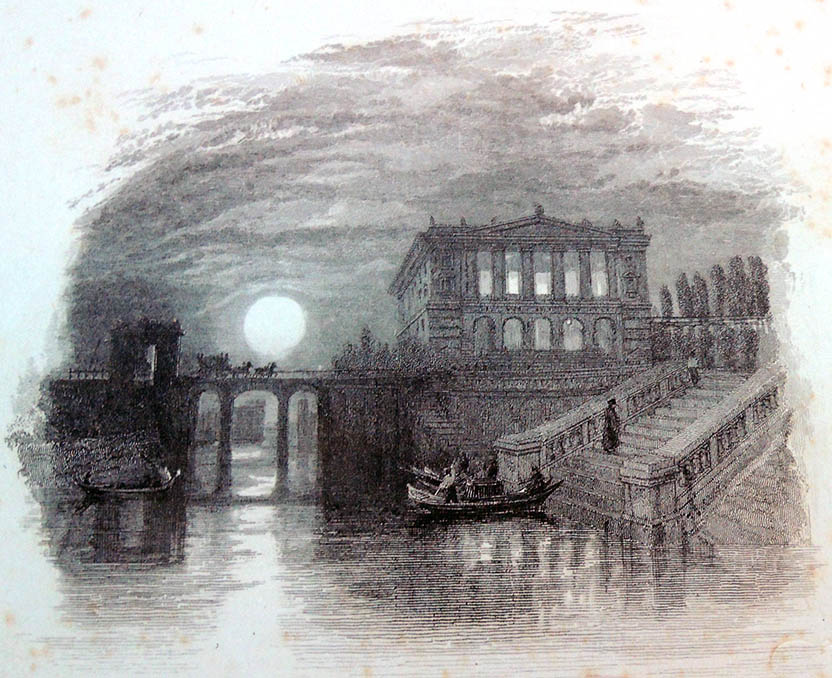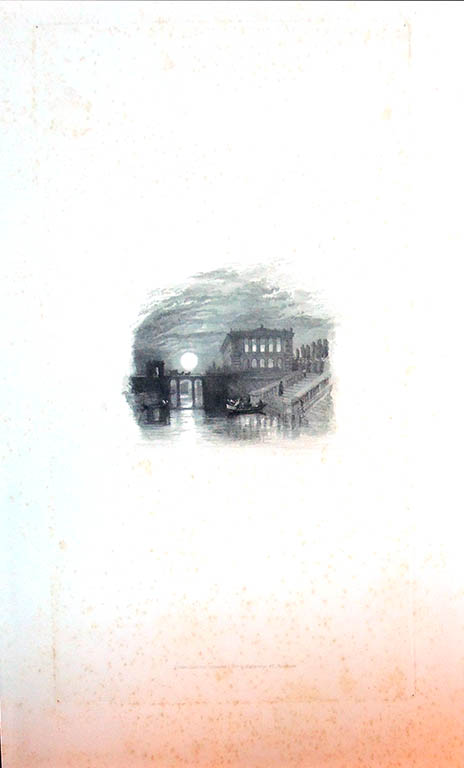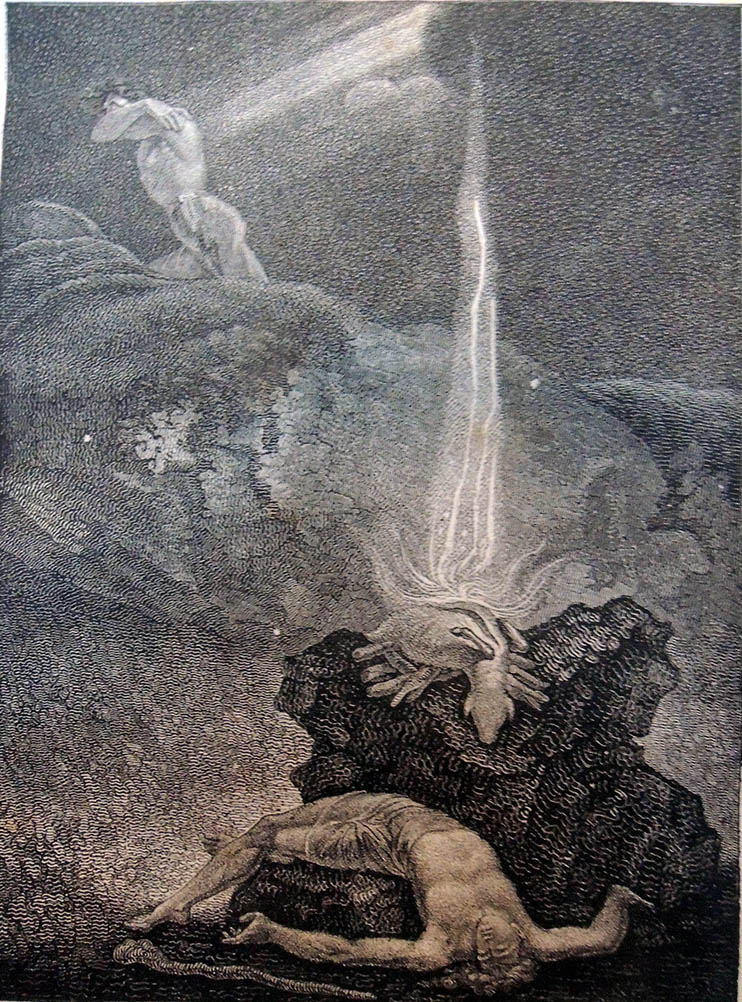 Godefroy Engelmann (1788-1839), 50 dessins représentant les principaux traits de la Bible (Mulhouse & Paris: de la Lithographie de G. Engelmann, ca. 1824). Graphic Arts Collection. GAX 2019- in process
Godefroy Engelmann (1788-1839), 50 dessins représentant les principaux traits de la Bible (Mulhouse & Paris: de la Lithographie de G. Engelmann, ca. 1824). Graphic Arts Collection. GAX 2019- in process
The Graphic Arts Collection recently acquired the first and only edition of this rare set of biblical illustrations by one the pioneers of French lithography, Godefroy Engelmann (1788-1839), with 50 plates depicting scenes from the Old and New Testament. The lithographs were, according to the tile page, initially offered in five collections of ten; the 1824 issue of the Journal général de la littérature de France suggests that they “peuvent server à orner toutes les éditions in-8. De l’ancien et du nouveau Testament,” although it is not clear if they were ever put to this use.
These prints are some of Engelmann’s earlier works. Having trained both in Switzerland at both La Rochelle and Bordeaux, he began to study lithography in Munich in 1814, returning the following year to his home city of Mulhouse, where he founded La Société Lithotypique de Mulhouse, followed by a workshop in Paris the following year. Among his contributions to lithographic technique was the development in 1819 of lithographic wash, followed by his pioneering work in chromolithography as details in his 1837 Album chromo-lithographique, ou recueil d’essais du nouveau procédé d’impression lithographique en couleurs, inventé par Engelmann père et fils à Mulhouse.
[10 places to visit today in Mulhouse, including the Musée de l’Impression sur Etoffes de Mulhouse: https://theculturetrip.com/europe/france/articles/the-top-10-things-to-do-and-see-in-mulhouse/]
See also Engelmann company scrapbooks digitized at Princeton: http://arks.princeton.edu/ark:/88435/3484zk471

